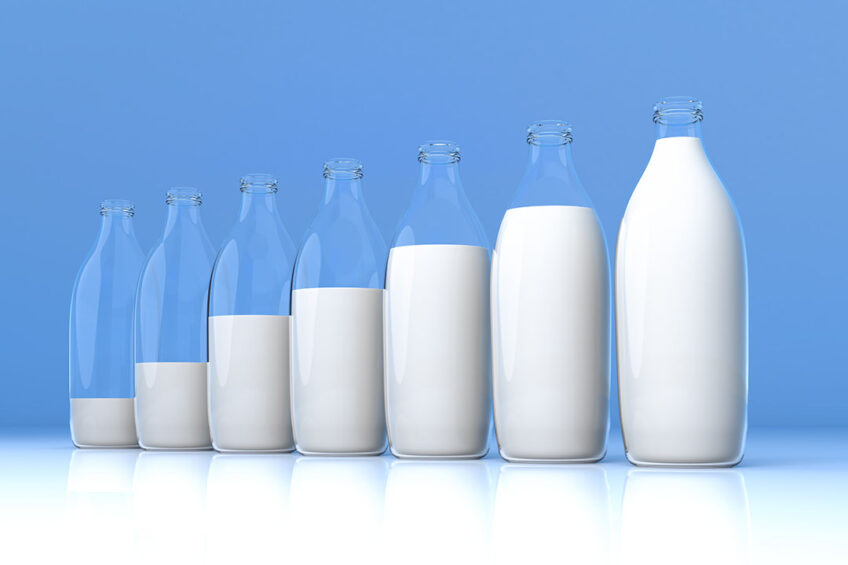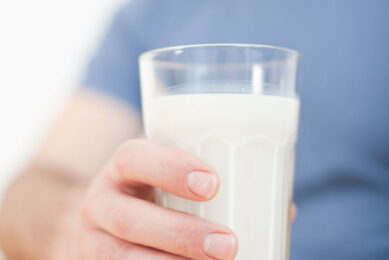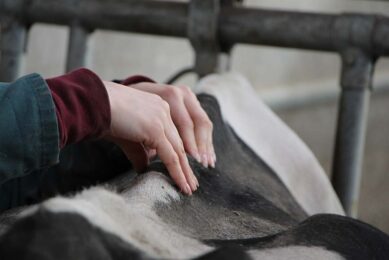IFCN: Dairy growth mainly in India

Dairy experts from 48 countries have been discussing the future of dairy production during the 20th IFCN Dairy Conference (17 – 19 June in Berlin).
The event focussed on the dairy trends in the last 20 years, the perspectives until 2040 and a special topic exploring different types of milk.
Tremendous growth in India
In the last 20 years, milk production grew by more than 60% – with demand moving at a similar pace. A forerunner in this development is India with a growth of 115 million tonnes SCM (solid corrected milk to 4% fat and 3.3% protein). Dr Torsten Hemme, managing director of the IFCN, explains: “When I started the IFCN in 2000, I did not expect this growth which represents almost 10 times the German milk production.”
Besides India, countries like Brazil, China, US and the EU increased milk production substantially. Contrary to this, in countries such as Australia, Japan and Russia milk production is declining. IFCN research partner Michael Mishchenko from Russia explains: “It is very easy to destroy a dairy sector, but very difficult to rebuild it.” With the growing population and similar growth of per capita demand until 2040, it is likely that demand will increase faster than supply.
Alternative milk is gaining popularity
The 20th IFCN Dairy Conference has put a key focus on different types of milk and their challenges, complexities and opportunities. During workshop sessions 3 main categories were defined:
– Source (type of animals/ plant-based milk/ synthetic milk)
– Farming practice (organic, GMO free milk, etc.)
– Processing (composition of liquid milk).
Alternative milk is gaining popularity, especially in the developed regions of the world where saturated consumers are demanding new types of “milk” – while emphasising less on the proven nutritional benefits of dairy milk. However, Andrea Capkovicova, representative of the European Commission, states: “Sales of plant-based drinks are growing fast both in value and volume but so far, they remain a small market portion. In 2018, they represented 4% share on cow milk volume sales.” Estimations of IFCN Research Partners show that animal based dairy products will outlive alternative kinds of “milk”. Nevertheless, in order to shape this process, the dairy sector needs to develop and make serious efforts to cope with the requirements of future consumers.
Join 13,000+ subscribers
Subscribe to our newsletter to stay updated about all the need-to-know content in the dairy sector, two times a week.










